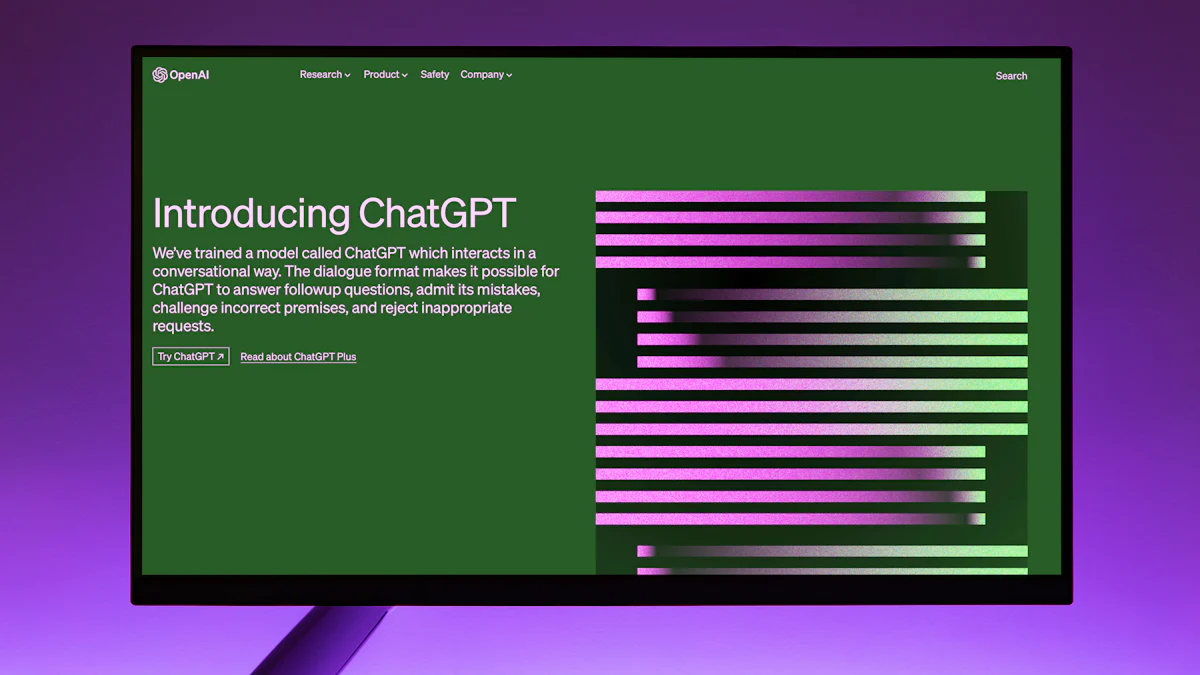# Understanding Semantic Search (opens new window) and LLMs
In the realm of search technology, semantic search stands out as a game-changer. But what exactly is semantic search? It goes beyond traditional keyword matching by delving into the meaning (opens new window) behind the words. Imagine searching for "best pizza near me" and receiving results not just based on those keywords but on the actual intent behind your query. This is where semantic search shines, providing more contextually relevant outcomes that align with what you truly seek.
To enhance this semantic search experience, we have LLMs, which are Language Model Models. These models are designed to respond to queries using insights gathered from semantic searches. By leveraging a sophisticated transformer architecture, LLMs can grasp intricate language dependencies, enabling them to generate coherent and contextually appropriate responses. This means that when you ask a question, an LLM can understand not just the words you used but also the underlying meaning you intended to convey.
Let's consider some examples in everyday life to illustrate the power of semantic search and LLMs working together. Picture asking a digital assistant about tomorrow's weather forecast. With semantic search, it doesn't just fetch data based on keywords; it comprehends your request and provides tailored information accordingly.
The fusion (opens new window) of semantic search results with real-time status updates, historical data, and user prompts can further enrich responses from LLMs. This combination creates a more robust foundation for generating context-rich answers that cater precisely to user needs.
In essence, LLMs play a pivotal role (opens new window) in transforming conventional keyword-based searches into intelligent interactions driven by understanding and context.
# Step-by-Step Guide to Mastering LLM Semantic Search
Now that we have grasped the essence of semantic search and the pivotal role of LLMs, let's delve into a step-by-step guide on mastering LLM semantic search for optimal results.
# Getting Started with LLMs
# Choosing the Right LLM for Your Needs
When embarking on your journey with LLM-enabled semantic search, it is crucial to select the appropriate model that aligns with your specific requirements. Consider factors such as the scale of your project, the complexity of language understanding needed, and the computational resources available. Each LLM comes with its unique strengths and capabilities, so choosing wisely at this stage sets a solid foundation for success.
# Setting Up Your First LLM Project
Once you have identified the ideal LLM for your needs, it's time to roll up your sleeves and set up your inaugural LLM project. This involves installing and configuring the chosen model, familiarizing yourself with its functionalities, and defining the initial parameters for your semantic search endeavors. A well-structured setup phase lays the groundwork for seamless integration and effective utilization of LLM capabilities.
# Implementing Semantic Search with LLM
# Integrating LLM with Your Search Framework
The next phase in mastering LLM semantic search is integrating your selected model with your existing search framework. This process entails aligning the functionalities of the LLM with your search architecture to ensure smooth communication between components. By seamlessly integrating LLM into your framework, you pave the way for enhanced semantic understanding and more accurate query responses.
# Fine-Tuning LLM for Optimal Semantic Understanding
To extract maximum value from your LLM-powered semantic search system, fine-tuning plays a critical role. By continuously optimizing and refining the model based on user interactions and feedback loops, you can enhance its semantic understanding capabilities. Fine-tuning enables your system to adapt to evolving language patterns and user preferences, resulting in more precise and contextually relevant search outcomes.
# Tips and Tricks for Enhancing Semantic Search Results
# Leveraging Dense Retrieval and Reranking Techniques
Incorporating dense retrieval techniques into your semantic search strategy can significantly boost result relevance. By utilizing advanced algorithms that consider broader context and relationships within text data, you can enhance retrieval accuracy and provide users with more comprehensive answers.
# Utilizing RAG (opens new window) for Up-to-Date Information
RAG systems offer a powerful solution for incorporating external knowledge sources into semantic searches powered by LLMs. By leveraging RAG (Retrieval-Augmented Generation), you can anchor your queries in real-time information from diverse knowledge bases, ensuring that your semantic search results are always up-to-date and enriched with relevant insights.
# Putting Your Knowledge into Practice
In the realm of semantic search and LLMs, practical applications extend beyond theoretical concepts, manifesting in tangible benefits across diverse domains.
# Real-World Applications of LLM Semantic Search
# Improving User Experience on OTT (opens new window) Platforms
The integration of LLM technology within Over-The-Top (OTT) platforms revolutionizes content discoverability. By harnessing the power of semantic search, these platforms can unearth hidden gems and niche content tailored to users' preferences. Imagine seamlessly navigating through a plethora of entertainment options, with personalized recommendations that align perfectly with your viewing habits. This enhanced user experience not only fosters engagement but also cultivates a loyal viewer base, propelling OTT platforms to new heights of success.
# Revolutionizing Information Retrieval in Academic Research
In the academic sphere, leveraging LLM-based semantic search transforms traditional information retrieval processes. Researchers can delve into vast repositories of knowledge with precision and efficiency, uncovering relevant studies and insights swiftly. This revolutionizes how scholars access information, enabling them to stay abreast of the latest developments in their fields effortlessly. By streamlining research workflows and enhancing data accessibility, LLM semantic search empowers academics to explore new frontiers of knowledge exploration.
# Measuring Success and Making Adjustments
# Tracking Performance Metrics
To gauge the effectiveness of semantic search implementations powered by LLMs, tracking performance metrics is essential. Metrics such as query relevance, user engagement (opens new window) levels, and click-through rates provide valuable insights into system performance. By analyzing these metrics meticulously, organizations can identify areas for improvement and refine their semantic search strategies for optimal outcomes.
# Iterating and Improving Based on Feedback
Iterative refinement based on user feedback lies at the core of continuous improvement in semantic search endeavors. By soliciting input from users regarding search experiences, organizations can pinpoint pain points and areas for enhancement. This iterative approach fosters a dynamic ecosystem where semantic search capabilities evolve in alignment with user needs and preferences.




